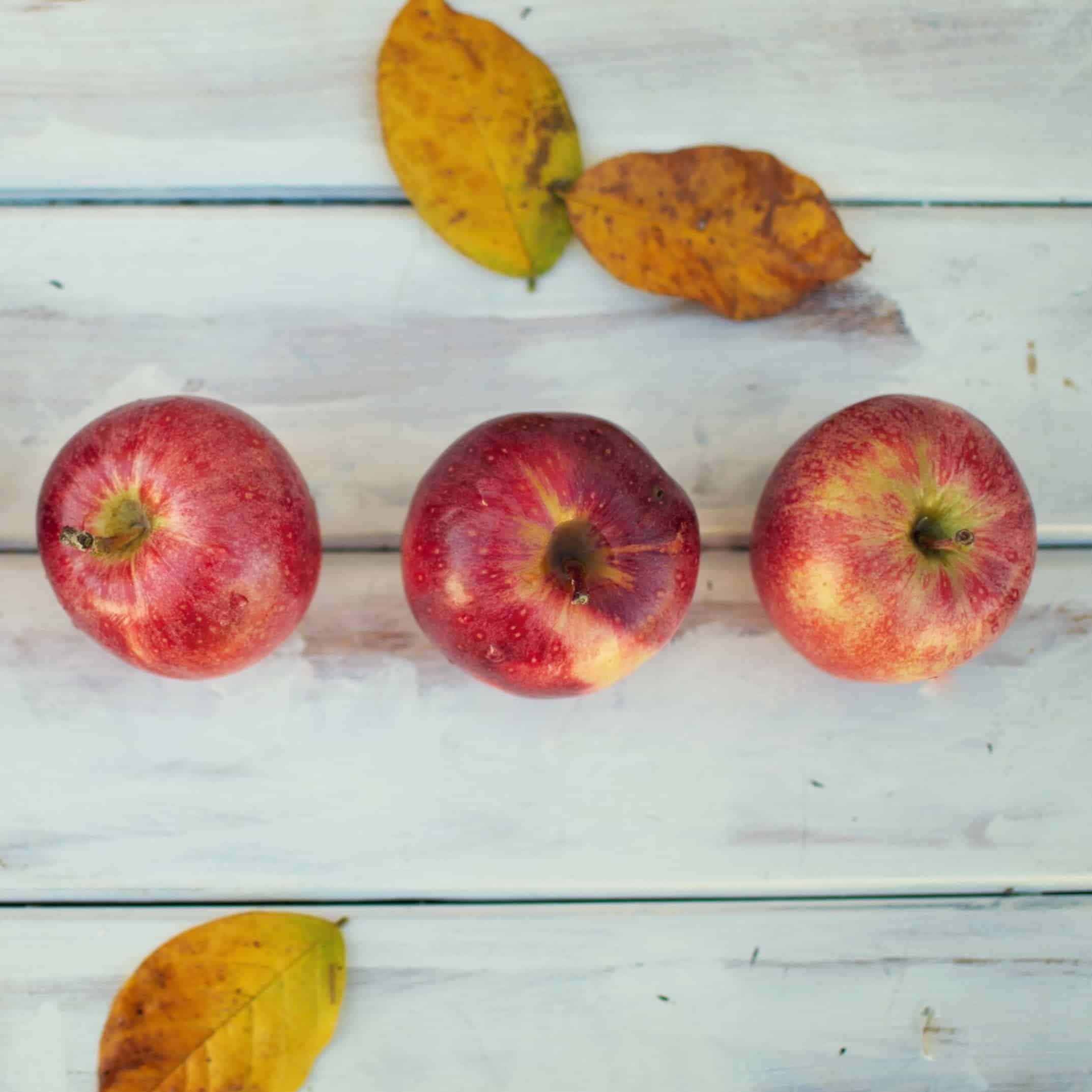by Sandy Huen
“To go beyond is as wrong as to fall short.” Confucius
So much of our lives can be measured by the Goldilocks equation. Too much sun, you get a sunburn. Too little, and you grow deficient in essential nutrients. Taking on too many projects at work, and you get burnt out. Taking on nothing, and you miss out on that great promotion. In yoga, the Goldilocks equation is essential in finding our perfect balance between mobility and stability. A joint that is too stable, where muscles, tendons and ligaments bind tightly to the bones, can create restrictions in movement, pain and dysfunction. A joint that’s incredibly mobile, as is the case in many modern yogis, and you may end up with pulled muscles, torn cartilage, pain and dysfunction.
A great example in contemporary yoga practice of the Goldilocks equation is sleeping pigeon pose. This bird is found in yoga studios all around the world, often held for quite a few minutes, and touted to release the hips as well as any emotional and psychological tension locked up with them. Sleeping pigeon is a strong stretch for the external rotators of the hip, muscles like the piriformis, gemellus and obturators, which are more often tight and adhered than they are loose and hydrated. However, once muscular resistance has been worked through, sleeping pigeon will begin to stretch ligaments of the hips that help hold the bones together. Practiced too often, or held for too long, and ligaments can be strained or pulled, an injury from which healing is a long, long process.
So, how can we know how much is too much? Where in the Goldilocks equation do our individual anatomies fall? After all, if we never stretched the hip muscles we wouldn’t be able to release deeply locked knots and adhesions. But if we stretch too much, we risk compromising the inherent stability of the hips.The perfect yoga practice, if one existed, would always take in to account the Goldilocks equation for every individual with every pose. In modern yoga classes, often packed to the brim with thirty, forty students, this task is near impossible.
Let’s take a detour for a moment to the word “yoga”. Directly translated from Sanskrit as “union” or “yoke”, yoga can be considered union with the self, or knowledge of the self. If the yoga practice is an honest and truthful exploration of the self, psychological as well as physical, then I would argue that we literally juggle the Goldilocks equation with every pose we choose to perform.
Mindful movement is choice: yes, I’ll allow this pose into my body because it appears wise and feels appropriate; no, I will not linger in this pose as it feels too strong to be safe. In yoga class, the job of the teacher is not only to instruct how poses are to be performed, but to teach you how to juggle that fine line between too much and too little.
Here’s your challenge—next time you are in a yoga class, catch yourself every time you follow mindlessly. Consider your yoga class an opportunity not to be instructed like a how-to manual, but to be taught how to listen, watch, and see yourself honestly. Allow yourself to detour from the class, to use the physical offerings in class as a starting point to hear more clearly your own intuition, your own inner voice of wisdom. No one is more authorized to tell you which poses are right for you than you.
Sandy discovered yoga after coming off a surfing injury while living abroad. Advised by a fellow surfer to take up yoga, she found that yoga provided a method of connecting to our world that was kind, genuine and loving. She has been living, breathing, moving and healing with yoga each day since. Inspired constantly by her fellow yogis, Sandy is currently working towards her 500 hr advanced certification under the Yoga Medicine curriculum.
Adventure, compassion and determination are the three pillars of Sandy’s yoga philosophy. Sandy’s classes are a blend of precise alignment cues and adjustments with a down-to-earth humour and humility that make for an empowering vinyasa experience. She considers each class an opportunity to rediscover our innate capability for joy, and to inspire all yogis to live their fullest lives.


